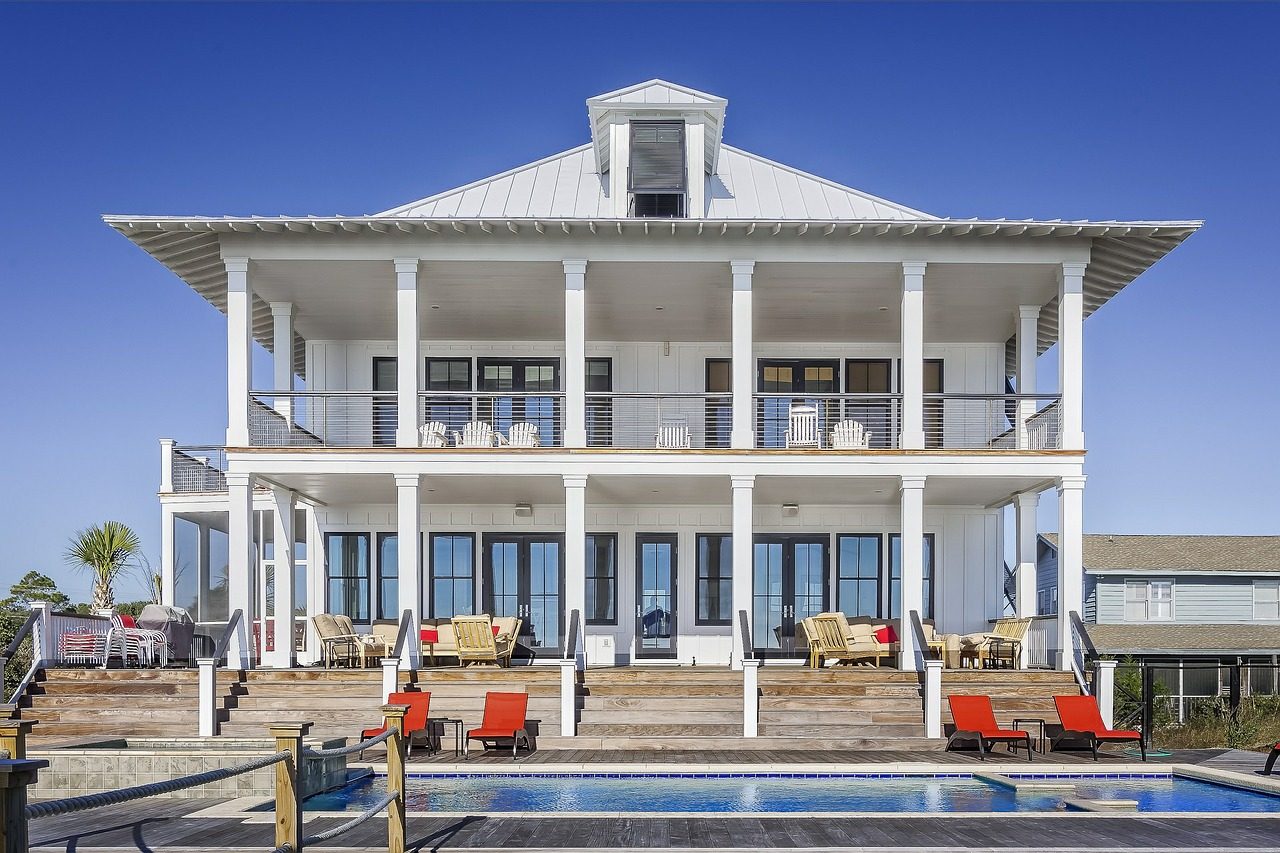More than a thousand years ago, tinted glass windows were reserved for the grandest cathedrals, mosques and palaces of Mesopotamia and Europe. Fifty years ago, high-tech window coatings were available only to scientists at space agencies like NASA.
But today, window tints and films are an accessible option for us regular folks who want an easy and affordable retrofit for energy efficiency and privacy. Here’s what you need to know.
What Is Home Window Tinting?
Window tinting is a thin film applied on existing windows as a low-cost alternative to installing energy efficient windows. It can also add privacy and ambiance.
But wait: Are you having visions of a peeling, bubbling mess on a car window? Don’t worry. Today’s home tint isn’t like what came on that sweet early ’80s sedan.
“Modern films can be made to be almost invisible and will not bubble or peel over time,” says Martin Faith, president of Scottish Window Tinting in Centennial, Colorado. “They can actually enhance a view through the glass and do not need to have any reflective look from inside or outside.
“In short, looking through a window with high-quality film is like putting on a really expensive pair of sunglasses.”
Types of Home Window Tinting
Tint is made from various materials, depending on its purpose. Some of the more sophisticated ones can block up to 70 or 80 percent of summer’s solar heat. Tint also is touted for improving insulation during cold temperatures, although that’s not its primary job.
“Window films are more of a summer saving than a winter saving,” says Faith. “This depends on the windows, but it’s more a case of how much energy is wasted in summer from running the AC constantly.”
Thus, tinting can cut cooling bills dramatically, as well as block most UV rays and some infrared ones.
There are more than 300 residential films, which come in various shades of tint (or Solar Heat Gain Coefficients) from decently dark to transparent. Some are meant only for decoration and to enhance curbside appeal. Some are mirrored for privacy, some reduce glare for computers and home entertainment systems, and others help with home security. Typically, they’re applied to the inside of the window.
Why Tint Home Windows?
These are some of the benefits of home window tint:
- Energy efficiency and savings in warm and cold weather.
- Comfort from creating even temperatures near windows.
- Sun protection to keep furniture and carpets from fading.
- Skin protection from blocking UVA and UVB, the equivalent of SPF 1,000 sunscreen.
- Daytime privacy through tint and one-way mirroring.
- Glare reduction for computers and TVs.
- Safety. The film can hold shards together when glass is broken, which can also hinder break-ins.
- Outside noise reduction.
- Darkening spaces that are too often too sunny.
- Curb appeal.
Why Not Tint Home Windows?
These are some of the drawbacks of home window tint:
- Could void some window manufacturers’ warranties, although film manufacturers often honor the warranty.
- Difficult to install on some frames, latches and lites on really old windows.
- Poor application can make it visually unappealing.
- Improper tints may counteract passive solar heat in colder climates.
- Darker shades impact outside views.
- Changing the look of the glass from the outside might violate Homeowners Association regulations.
Should I DIY or Hire a Pro?

Go pro. Most people hire a tinting professional simply because it’s affordable. Installation requires meticulous attention to detail and knowledge of the tint materials, so it’s tough to DIY properly.
Common Home Window Tinting Mistakes
Don’t say we didn’t warn you!
- Not washing windows throughly prior to tinting, and/or cleaning with rubbing alcohol.
- Hiring a less-than-reputable installation company, or one that doesn’t specialize in residential window tinting.
- Using the wrong film, which can crack some double-pane windows.
- Buying tinting not certified by the National Fenestration Rating Council (NFRC).
How Much Does Home Window Tinting Cost?
It depends on your window size, shape and accessibility, and also where you live. According to Faith, a typical 3-ft. x 5-ft. tinted window usually costs between $120 and $200. Window film materials range between $2 to $8 per square foot, plus labor at between $5 and $10 a square foot. Total: $7 to $18.
Faith says energy-efficiency tint projects usually pay for themselves in three or four years. Some utility companies offer rebates for installing films and tints, and some municipalities offer tax incentives.
Should I Tint All of My Windows?
It depends on your solar exposure. “The more sun that comes through the windows, the more energy savings from the film,” says Faith. “So South, West and East windows are the first ones to film.”
If you can only afford to do a few and you run your air conditioning a lot, focus on the South- and West-facing windows first. If you live in a colder climate, consider the passive solar that comes through those sunnier windows, and whether lessening it is worth the summer savings.
Home Window Tinting Maintenance
If properly installed and treated with care, window film can last 15 or even 25 years. Because window film is less porous than glass, the film probably won’t get as grimy as quickly. That means fewer window cleanings on the chore list.
The best ways to insure longevity:
- Trade in the paper towels for a soft sponge.
- Squeegee off extra water and polish with a lint-free microfiber cloth.
- Ditch abrasive chemicals for gentle natural cleaners such as vinegar and water, or dish soap and water.
- Let the tint cure fully before the first wash.
- Apply silicone polish annually for more protection.






